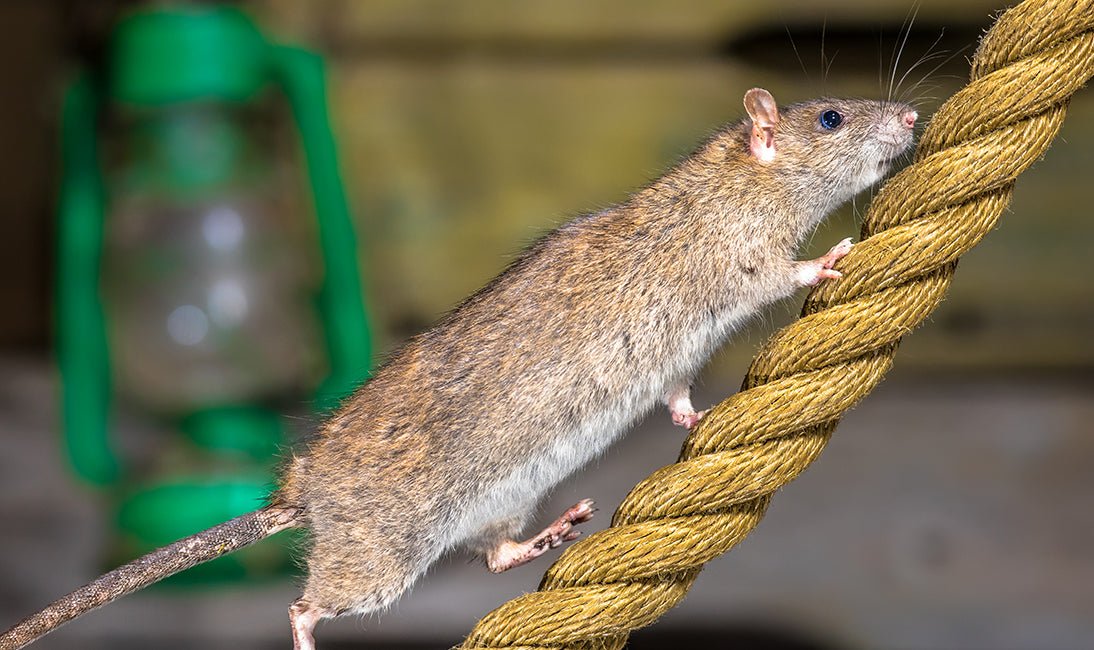
One of the most infamous microscopic pests we would rather not share a bed with is the dust mite. They have the potential to have a substantial impact on our lives. So what are dust mites? What do they do to our health? And, how do we get rid of them once and for all? Let’s find out.
Dust mites, globally ever-present in our homes, have a significant influence on underlying allergic conditions such as rhinitis and asthma (1). Dust mites and their associated allergens have been described as one of the most prominent indoor allergens of our time (2). But how do they truly affect us? And, what is the best method to kill dust mites?
Let us start with what they are and how they affect us.
WHAT ARE DUST MITES?
Dust mites also referred to as the house dust mite, are tiny microscopic parasites who survive off scales of shedded human skin (3). They are poikilothermic, meaning they cannot regulate their own body temperature or metabolism, something that we can do (4). Because of this, they are limited to survive in temperatures of 64 - 77°F (15 - 25°C) and humidity of over 50%; this becomes a problem when you live in a home or an environment that tends to be moist (5).
HOW DO DUST MITES AFFECT US?
House dust mites absolutely love our carpets and beds due to the skin particles that we shed (6). This comes at a cost to us. When exposed to house dust mites, we become sensitized to the allergens they produce, which causes us to become allergic to them (7). These allergens are usually very potent; they activate two separate pathways in our immune system: the adaptive pathway and the other the innate (what we are born with) pathway (8).
Reducing the exposure of dust mite allergens is particularly important for our children. The sensitization to dust mite allergens occurs when we are less than 5 years old (9). These pose significant risks to our children for the rest of their life, including impacting their lungs, resulting in wheezing, asthma, rhinitis, and poor clinical lung performance for the remainder of their lives (10).
The impacts of house dust mites on our children’s lives are compounded if they are exposed to viral infections, chemicals in killing agents and cleaning products, and certain types of medications (11).
Male dust mites can live over a month, while female dust mites can live up to three months. Used mattresses and carpets can contain between 100,000 and millions of dust mites. Freaked out yet?
It’s not all bad news. There are some things you can do to help control dust mite infestations and keep them out of our beds.
HOW DO YOU KILL DUST MITES?
Over time, and with the acceptance that dust mites pose a risk to our health, there has been substantial research on what we can do to keep them at bay. One way of keeping infestations to a minimum is through killing agents, also known as acaricides (12). The selection of the type of acaricide is important, especially if you want to keep the risk to yourself very low. One such product is EcoClear’s Stop Bugging Me!™. This uses natural essential oils to kill dust mites
While remaining highly effective, the use of essential oils reduces toxins found in a number of other commercial acaricides, meaning Stop Bugging Me!™ will be safe for you, your family, and the environment (13).
WHY KILLING AGENTS AREN'T ENOUGH
Despite how effective they are, the use of killing agents does not work well on their own. The use of an acaricide in the home does only one thing, killing the mites. This means that they do not remove the allergens from your bed or carpet. This is where the handy vacuum cleaner comes in (14). A good old vacuum must follow killing agents in your home where dust mites are prone to existing. This removes the allergen pool of mites killed by the acaricide and sucks up their fecal matter (15). In this case, the most promising eradication method is when you use acaricides in conjunction with house cleaning.
REDUCE HUMIDITY
There is one more tool in the box which is helpful in reducing dust mites in your home, that being, reducing humidity. Humidity is a known critical factor for house dust mite presence and abundance in and outside the home. This means that the number of dust mites present in the carpet and our beds is substantially higher in damp homes (16).
We can do one thing to address this, and that is to dry up our homes. Research has shown that when a home has a continuous humidity of less than 50%, dust mites in the home are significantly reduced (17).
WHAT ELSE CAN YOU DO?
In addition to cleaning, studies have shown that replacing the carpets and mattresses regularly, increasing the area of hard-surface floor by replacing carpets, choice of mattress and mattress cover type, having central heating and having bedrooms situated on a higher floor can reduce the presence and number of dust mites calling your place home (18).
THE BOTTOM LINE
The infamous house dust mite, the cause of a number of headaches for homeowners for years upon years. In addition to being annoying, they pose a significant risk to our health, especially our children's health.
One thing is for certain when appropriately managed, we are able to eradicate them from our lives. This is where Stop Bugging Me!™ comes in. When combined with vacuuming, reducing humidity, and so on, we will finally remove these unwanted lodgers from our lives once and for all.




